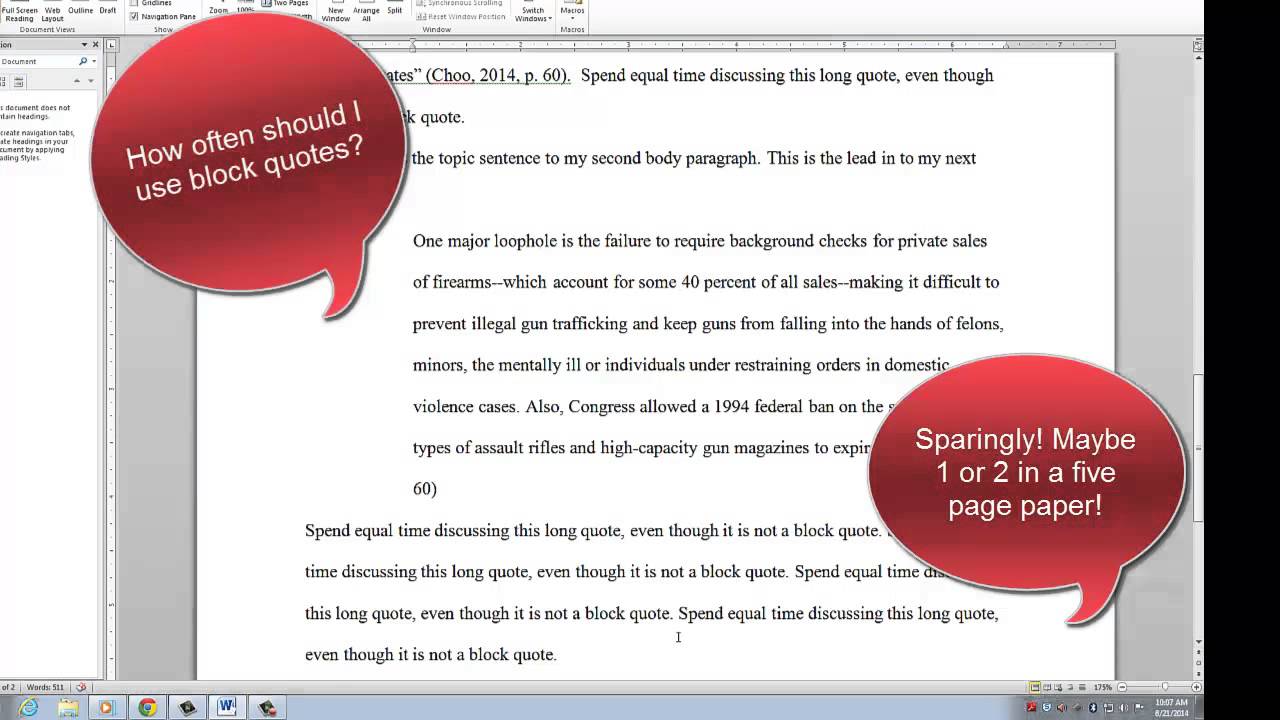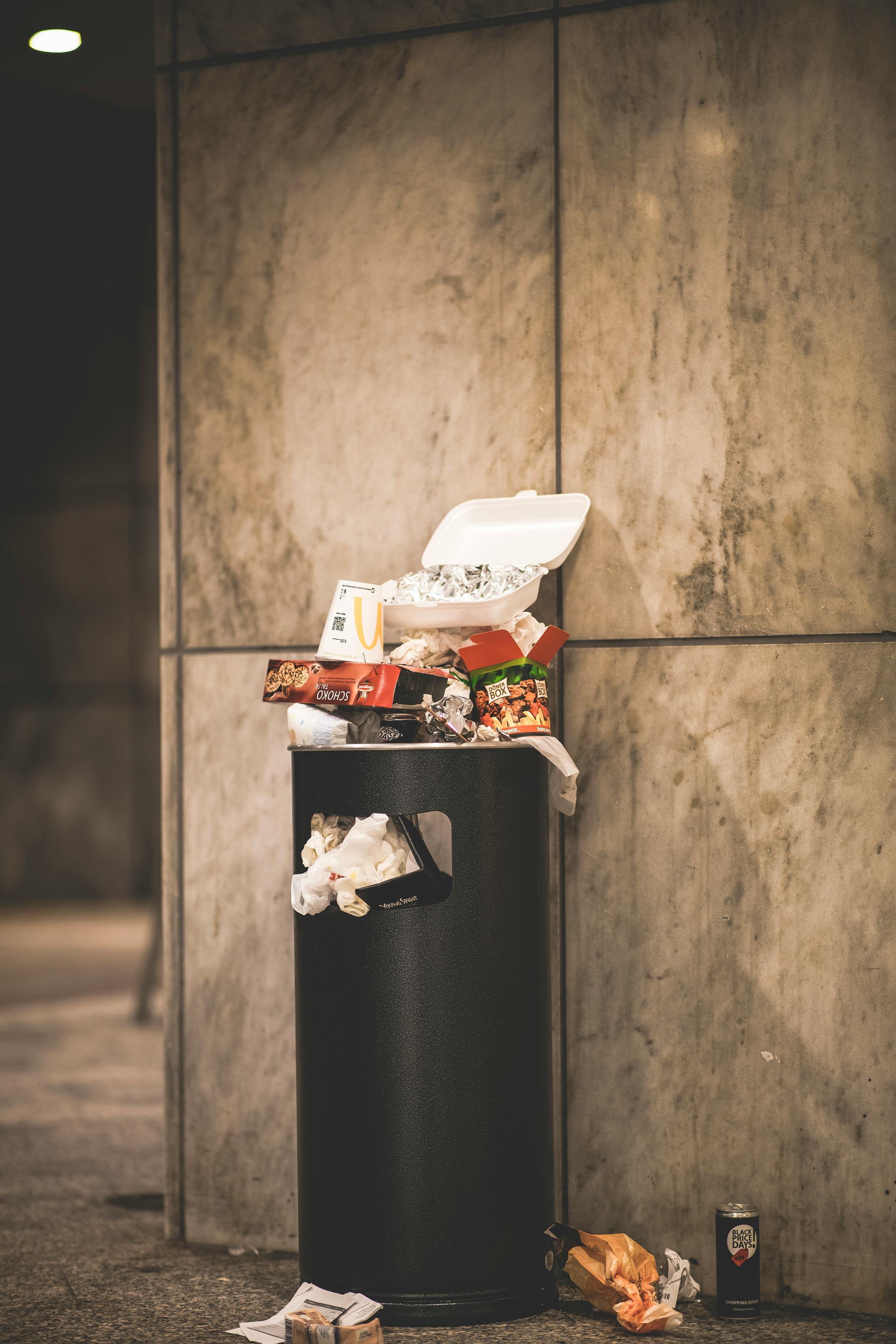Best 5 Tips for Writing an Address on an Envelope in 2025

How to Properly Write an Address on an Envelope for a Modern Mailing in 2025
In the age of digital communication, the art of mailing a letter is often overlooked. However, knowing how to write an address on an envelope correctly is vital for ensuring your correspondence arrives on time and at the right location. In 2025, postal services have continued to evolve, making certain address formatting rules more important than ever. This guide will walk you through the essential steps and tips for proper address placement, ensuring your letters and packages are addressed effectively.
Understanding how to format an envelope not only enhances the professionalism of your correspondence but also reflects your attention to detail. In this article, we will cover the modern envelope address format, address lines, postal requirements, and provide practical tips for organizing your address writing. By the end, you will be equipped with the skills needed to send your letters confidently.
Essential Guidelines for Addressing an Envelope Correctly
Before diving into the specifics, it's important to understand the fundamental addressing guidelines that apply to both personal and business correspondence. A well-organized address can significantly reduce delays and improve delivery efficiency.
Key Components of an Envelope Address
There are several crucial elements you should include when addressing an envelope. Each part holds significance in ensuring your mail reaches its destination:
- Recipient's Name: This should be the first line, and it’s essential to write it clearly, using the proper title (Mr., Ms., Dr., etc.) when appropriate.
- Street Address: This includes the house number, street name, and any additional details like apartment or suite numbers.
- City, State, and ZIP Code: Make sure to include this information on one line as it helps postal services sort and deliver efficiently.
- Return Address: Placed in the top left corner, this ensures that undeliverable mail is returned to you.
Return Address Placement
Return address placement is a vital part of envelope etiquette. The return address should be neatly formatted in the upper-left corner of the envelope. It's important to include your name, street address, city, state, and ZIP code to allow for smooth returns if necessary. This small detail not only provides reassurance to the sender but also aligns with postal standards.
This naturally leads us to the next point concerning the overall layout of your envelope addresses.
Perfect Envelope Layout for Mailing
The layout of an envelope is not merely a matter of aesthetics—it's a reflection of proper postal standards. The layout must facilitate the best reading experience, both for postal workers and the technology used in sorting facilities.
Standard Address Formats
There are established formats that will help ensure your envelope is addressed correctly. For example, the name should always be on the first line, followed by the street address, and then the city, state, and ZIP code on the last line. Here’s a breakdown of a standard format:
Recipient Name
Street Address
City, State ZIP Code
Following this format not only meets postal service requirements but also enhances the visual hierarchy of your address, making it easier to read.
International Address Formatting
When mailing to another country, it’s essential to understand international address formats. These can vary greatly and often require specific information. Generally, you should include the recipient's name, street address, city, country, and postal code, all in a clear and logical order. The country name should be in capital letters to avoid any misunderstanding. In addition, familiarize yourself with local mailing standards to facilitate smooth international shipping.
Envelope Addressing Tips for Successful Mailings
Addressing an envelope correctly can sometimes feel like a simple task, but there are nuances that can make a big difference in your mail’s delivery. Incorporating specific tips can enhance your addressing skills and ensure your mail arrives on time.
Writing Legibly
Create a clear and easy-to-read address by writing legibly. Use block letters to maintain consistency and prevent misunderstandings. Avoid cursive handwriting, especially if it isn’t easily readable, as postal services rely on scanning and digital reading technology.
Envelope Etiquette Tips
Proper envelope etiquette goes beyond just writing the address. It’s important to ensure that your envelope is adequately sealed and that there are no excessive marks or decorations that could interfere with reading the address. Avoid adding stamps to the front other than in their designated area, as this might confuse sorting systems.
Taking these envelope etiquette tips into consideration will help ensure that your mail is treated with professionalism and care.
Preparing Addressing for Invitations and Packages
Sending invitations or packages often involves different considerations compared to traditional letters. Properly addressing these items is crucial for ensuring they reach their intended recipients smoothly.
Address Writing for Invitations
When writing addresses on invitation envelopes, ensure that you include RSVP requirements and any specific details related to the event. For example, you can note dress codes to avoid any ambiguity. Be sure to differentiate between guest names and addresses clearly to ensure proper delivery.
Moreover, addressing invitations may require more creativity, such as decorative fonts. Just make sure it remains legible and adheres to postal standards.
Package Addressing Tips
When it comes to package addressing, clarity is especially critical. Use sturdy envelopes or boxes to protect your item. Ensure that you include all the necessary address lines, particularly if the package is bulky or oddly shaped. Always wrap fragile items carefully and note “Fragile” on the outside of the packaging when applicable.
Also, don't forget to check the address line order and postal information, ensuring they meet standard guidelines to avoid delays.

Common Mistakes to Avoid When Addressing Envelopes
While addressing envelopes may seem straightforward, there are common mistakes that can lead to delays or misdeliveries. Being aware of these pitfalls can help you become a more effective communicator through mail.
Avoiding Misprints and Typos
Typos can make a mailpiece undeliverable. Proofread your address before sending it to prevent mistakes. Common errors include misspelled street names, incorrect ZIP codes, or even forgetting to include an apartment number.
Understanding Address Order
Each part of an address needs to be in the correct order. Typically, it follows the pattern of name, street address, city, state, and ZIP code. Mismatching this order can confuse postal workers and lead to delivery issues.
Using the correct address order ensures your mail is processed quickly and reaches its destination without complication.
Final Thoughts on Proper Envelope Addressing
Mastering the art of addressing an envelope in 2025 enhances not only the effectiveness of your communication but also adheres to modern mailing standards. Remember to maintain legibility, follow proper return address formatting, and be clear about your details.
Equipped with envelope addressing tips and knowledge of postal requirements, you are ready to ensure your correspondences are not only sent but also received efficiently. Writing an address correctly serves as a bridge in communication, be it for personal or professional reasons. Explore additional mailing formats and address writing techniques for further insight.
